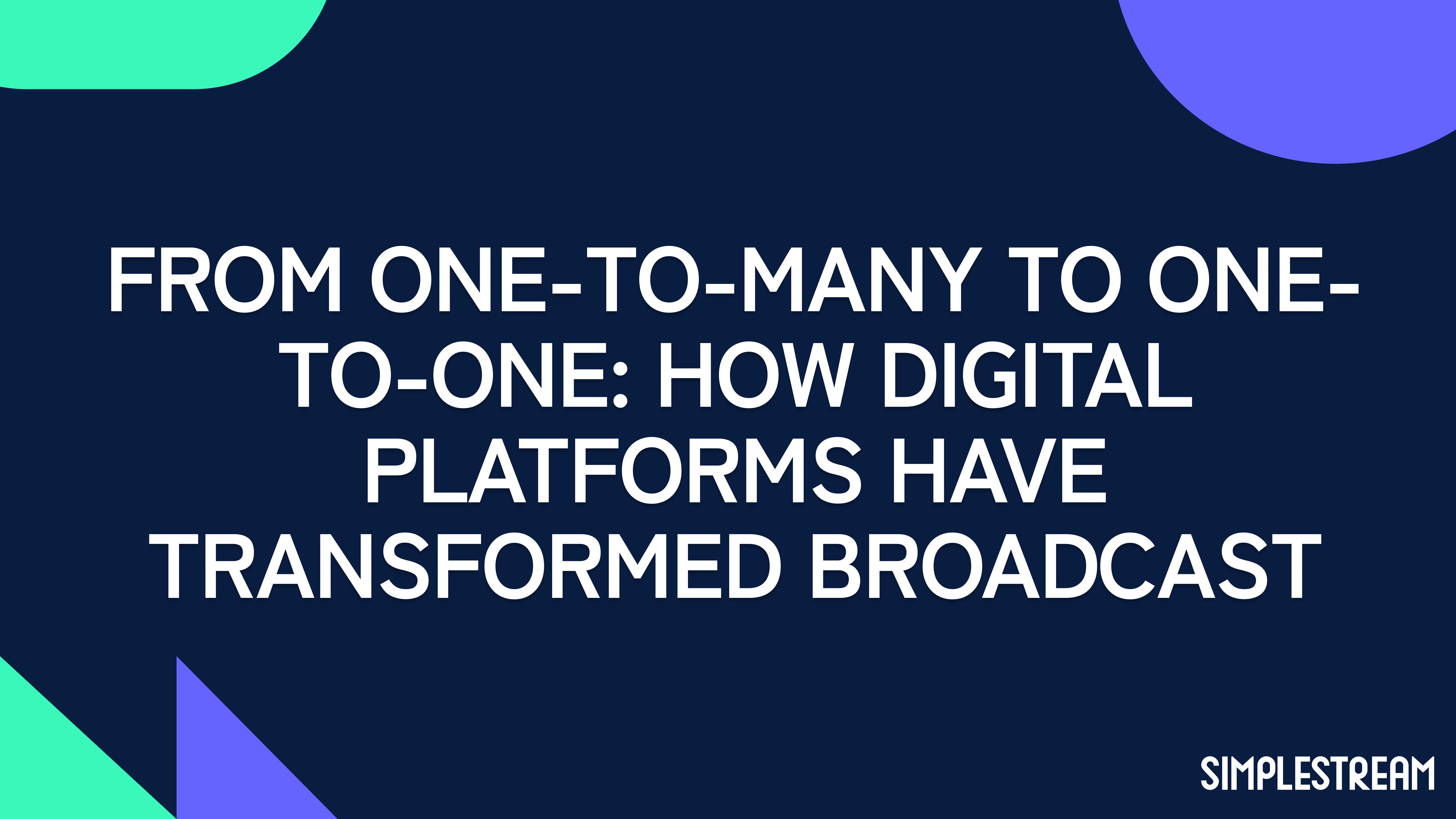Blockchain: is this the future of streaming services?
Blockchain, NFTs, smart contracts: what does the future of streaming services hold? From advertising to licensing, here is an overview of new monetisation avenues in the video content space.
Blockchain has been around for a while now, since 2008 in fact. Think of it as a digital ledger containing records or “blocks” that are distributed across multiple computers in the blockchain. If you’re unfamiliar with the technology, it’s what makes cryptocurrency and NFTs (Non-Fungible Tokens) possible. However, it’s not just a crypto enabler with a market size of $11.4 billion. There’s scope for streaming services to leverage the technology for more efficient and profitable models in the near future - and taking inspiration from industries beyond streaming is key.

In 2015 the hip hop collective Wu-Tang Clan sold the only physical copy of their unreleased seventh studio album for $2 million, becoming the most expensive album ever sold. The album itself is regarded as one of the first NFTs before they were even a thing. A key difference is that it is a physical album, and not just a digital asset, unlike other NFTs. Blockchain technology and NFTs aren’t just buzzwords for crypto-obsessed early adopters though. That’s the field where the future of content rights, monetisation, and even distribution might grow.
What is blockchain in simple terms?
For those unfamiliar with the concept, a blockchain is a decentralised, public digital ledger that records transactions and distributes them across many computers. Think of a beaded necklace, with each of the beads representing a block of data in the chain. Bitcoin is a type of blockchain, but cryptocurrency isn’t the only use for the technology.
The fact that records are kept across many computers means that the individual “blocks” in the chain can’t be changed retroactively without the network's consensus. In short, you’d need all the computers to change the record at the same time, so this is how it's secured without the need for a centralised database or exchange.
Blockchain in the streaming world
How many subscriptions do you currently have? As of Q1 2023, 19.08 million households in the UK have at least one subscription for a video-on-demand service. That’s without considering how many households are sharing login details for at least one streaming service. Netflix reported that around a quarter of their 15 million UK subscribers are estimated to share their password.
Users are increasingly burdened with subscriptions and as a result, some platforms began offering ad-supported tiers. Blockchain is conceived to present a solution to some of the problems that these services face when trying to diversify revenue streams. Here are some examples:
- Advertising – Create a peer-to-peer marketplace to buy and sell ads by directly connecting advertisers with streaming services through blockchain. This also increases the profit as there’s no middleman to take a cut in the process. Worldwide digital ad spend is projected to reach $679.80 billion in 2023, so monetising with AVOD and FAST could help streaming services take a healthy chunk of this market.
- Licensing – Rather than licensing content through traditional means, original content could use smart contracts. Royalties can be paid to the creators and owners of the content every time it’s exchanged but without the need for lengthy agreements as it’s written into the code of a block. By removing the steps between digital content creators and fans, they can be paid directly without giving away large percentages to intermediaries. Gaming live streamers could benefit from this by going directly to their fans.
- Digital currency – Taking inspiration from the world of gaming, in-platform microtransactions could be used to distance the user from the actual monetary value of the platform or content. Digital currency could be deployed with strategic pricing of content that leaves the user with unwanted “leftover” currency to incentivise further purchases.
- NFTs – Content has been bought, sold, and syndicated through licensing for years, but tokenising this content securely in the blockchain could be more profitable for the creators and the platforms showing it. Turning the digital copy into an NFT on a blockchain network secures it as the original copy, which has been notoriously difficult with digital assets in the past. By minting the asset as an NFT it reduces the opportunity for piracy and makes future sales a much more direct process. This also helps make more profit available to those involved in the production process, which Ben Affleck and Matt Damon are hoping to achieve with their production company, Artists Equity. Streaming services could disrupt the industry with a paradigm shift towards more direct-to-consumer models.
Try something new
For years now, streaming platforms have been trying different monetisation models with varying degrees of success. Advertising is having its moment in the sun – and for good reason – as it’s free, and you can implement it in a matter of weeks with the right technology vendor. Delivery of these services needs work though, and maintaining profitability requires thinking beyond what’s tried and tested. Innovate the experience and try new technology to stay ahead of the competition: blockchain could deliver your next favourite series or that one movie you love the most.


